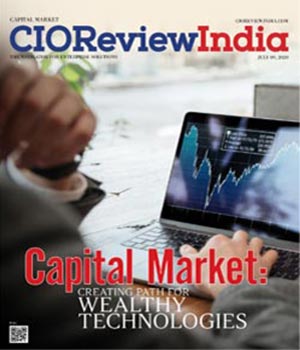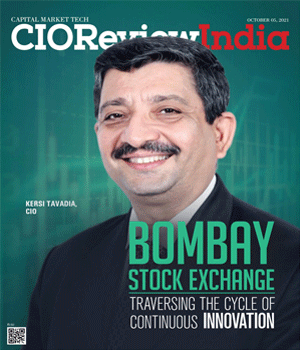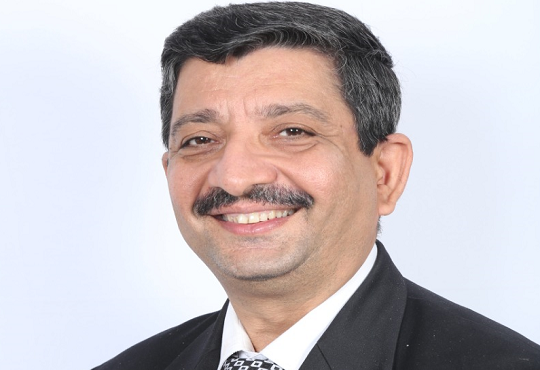
Basics of forex and profitable trading in India in 2021
cioreviewindia Team | Wednesday, 31 March 2021, 04:08 IST
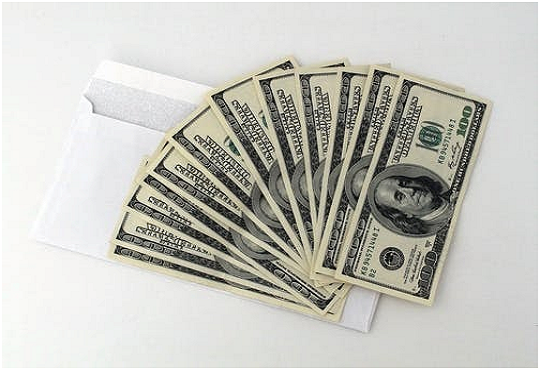 What Is Forex?
What Is Forex?
Forex is a path to financial independence. Traders do not rely on superiors or subordinates — they work using laptops, tablets, or smartphones, wherever they are. In this thrilling world, knowledge becomes profit. Here is everything you need to know about Forex in India in 2021.
The term stands for foreign exchange — i.e., the currency market. With a whopping daily volume of $6 trillion, it is the largest financial system worldwide. Forex works 24 hours a day, regardless of crises and pandemics.
Exchange is an organic part of international trade, banking, and tourism. It is performed by hedge funds, large multinationals and retailers traders. But how exactly do they make money?
Core Principles
Unlike the stock exchange, Forex is decentralized. In this OTC (over-the-counter) system, all trading is purely electronic. Buyers and sellers connect online through software like MetaTrader 4. Participants buy or sell currencies by opening long and short positions, respectively. The goal is to capitalize on the ups and downs in the market.
Currencies are valued against each other. For instance, the price of EUR/USD shows how many dollars one euro is worth. The first currency in the pair is the base currency, and the second one is the ‘quote’ or ‘counter’ currency. Dozens of pairs exist, and some are more changeable than others. Their fluctuations underlie profits. In essence, you buy low and sell high, like in the stock market.
Before the Second World War, most currencies were valued based on the gold standard. Then, they got pegged to the US dollar backed by gold. Finally, after the collapse of the Bretton Woods System in the 70s, most of them have been floating freely.
Exchange rates are affected by a variety of drivers in the political and economic domains. For example, when oil prices collapse, the currencies of exporting nations follow suit. When a company's central bank raises its interest rate, more capital flows into the system, strengthening the national currency.
For an individual, this means they may buy a particular currency and sell it later at a higher price. Institutional traders follow the same logic but with incomparably bigger volumes. Activities of individuals (retail traders) account for a fraction of the 6-trillion-dollar turnover.
How to Trade Forex
The gigantic currency exchange is now at your fingertips. It is accessible through software for desktop and mobile devices. Brokers provide the necessary credentials and process financial transactions. The first step is to register an account — for example, with Forextime.
There are two options — demo and live. The first type unlocks Forex trading software in its training mode. The simulator imitates real market conditions, and you are given a virtual deposit to practice with. No time restrictions are imposed, so users explore the environment at their own pace. At least, this is true for the audience of Forextime and other trusted brokers.
When you are ready for real market risks, it is time to go live. Live accounts require a few documents, although the process is still prompt. The brokerage company will verify your identity to comply with the law.
Do Not Rush It
There is a lot to learn. Risk is an inherent element of trading, and it must be accounted for whatever the strategy. Beginners ought to spend at least a couple of months managing demo trades.
Aside from forecasting market swings, you must learn to hedge risks using Stop Loss. Pick the most suitable strategy based on your needs and goals. Some are more demanding than others — they require constant monitoring of the market. For example, swing trading is pretty lax: a position may remain open for days or even weeks.
 How to Maximize Profits
How to Maximize Profits
Forex traders have a few tricks up their sleeve. First, there is a delegation known as copy trading. After signing up for the service, your balance is connected to the account of your chosen strategy manager. All of their actions are replicated as if you were following an identical strategy.
Secondly, Forex robots, or Expert Advisors, can do the analysis or even trading for you. However, remember that success is not guaranteed. These systems will help you make better decisions, yet they are not infallible. Otherwise, every trader would be making millions, and the system would cease to exist.
In Forex, there are two ways to earn more. On the one hand, you may choose riskier instruments whose fluctuations are more dramatic. Short-term shifts in volatile assets bring more substantial rewards than stable currencies. On the other hand, you could gradually increase volumes. The broker may land a portion of funds for margin trading. However, the system magnifies risks, so it is not for beginners.
CIO Viewpoint
BSE - Traversing the Cycle of Continuous...
By CIOReviewIndia Team
Enabling Financial Inclusion on a Digital Platform
By Manoj Kumar Nambiar, Managing Director and Arvind Murarka, Head IT at Arohan Financial Services (P) Limited
Key Tech Trends for Capital Markets
By Dipak Rout, Head-IT, ArihantCapital Markets Ltd
CXO Insights
By Supriyo Dasgupta, IT Applications Head, Compass Group India
The T Minus 10 Of AI - Getting Started with the...
By Sushil Kumar Tripathi, AVP - Technology, Kellton Tech
Digitization in Insurance Industry


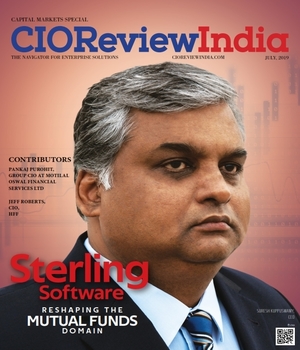
.jpg)
.jpg)
